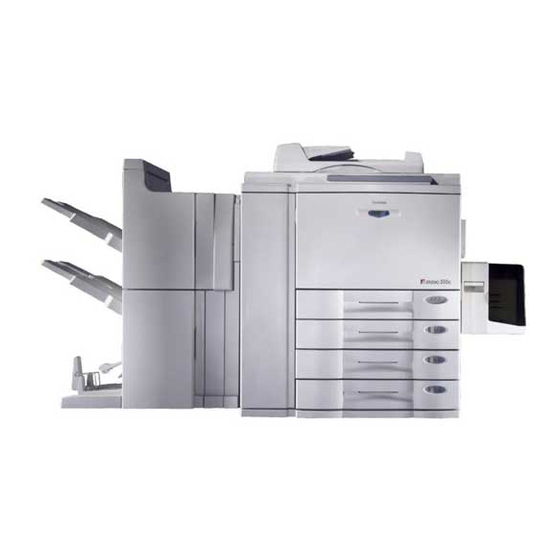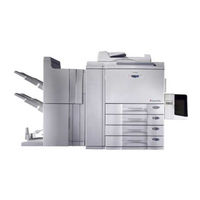
Toshiba e-studio 211c Manuals
Manuals and User Guides for Toshiba e-studio 211c. We have 3 Toshiba e-studio 211c manuals available for free PDF download: Operator's Manual, Imaging Manual
Toshiba e-studio 211c Operator's Manual (225 pages)
Digital Color Plain Paper Copier
Table of Contents
Advertisement
Toshiba e-studio 211c Operator's Manual (225 pages)
Digital colour plain paper copier
Table of Contents
Toshiba e-studio 211c Imaging Manual (132 pages)
Brand: Toshiba
|
Category: All in One Printer
|
Size: 6.58 MB
Table of Contents
Advertisement
Advertisement


